Pit Viper is a cool-looking snake who has identified scientifically as the Crotalinae. They belong to a subfamily of venomous vipers that have been found in Eurasia and America. Pit vipers are one of the most beautiful but extremely dangerous snakes in the world. They are descending through the Class of Reptilia, Order of Squamata, Suborder of Serpentes and Family of Viperidae into the Subfamily of Crotalinae.
Morphology
Pit vipers can easily distinguished by the presence of a heat-sensory pit organ located on either side of the head between the eyes and nostrils. The unique feature of this subfamily is the fossa, a deep pit between the eye and the nostrils in the loreal area on either side of the head. These loreal pits are the outer openings of a pair of highly sensitive infrared-detective organs which allow these snakes to judge and find out the size of their warm-blooded prey’s size.
The snake determines the direction by the IR-rays falling on its membrane when the prey drops into the range. The ability of these snakes to hit the objects that are hotter than the environment and cooler than 0.2ᵒC is experimentally proved when their smell and sight senses are deprived. These organs are very important for a night predator as well as to avoid attacks from a snake’s predators.

There are 22 genera and 151 species of Pit Vipers have recognized up to now. Out of them, the largest is Lachesis muta or the bushmaster who grows into a maximum length of 12.0 ft while the smallest is Hypnale hypnale, the hump-nosed viper that reaches a maximum length of 12-18 inches. Pit vipers are typically 3-5kg in weight.
Behavior of Pit Viper
Pit vipers are not very good hunters in the day time. Most of the Pit Vipers are nocturnal while few are highly active in the day time. A bright green pit viper, Trimeresurus trigonocephalus who is endemic to Sri Lanka who is a day time hunter. Most of them are night time hunters as they prefer to avoid the high temperatures of day time. And their most favoured preys are active during night time. They always search for cool places to rest due to their heat-sensitive pits. But they move on to hot places in pregnancy period.
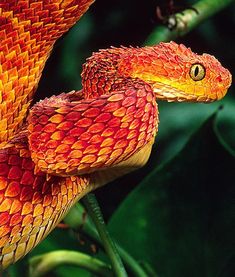
Being ambush predators, Pit vipers usually wait somewhere very patiently for a suspicious victim to flee. There is a arboreal species Gloydius shedaoensis, they select a specific ambush site and keep returning there every spring to grab some migratory birds.
Studies have proven that these snakes learn to improve strike accuracy over time. Similar to other snakes they also keep striking themselves only when they were threatened or cornered.
Environmental pollution and habitat fragmentation have caused many pit viper populations to decline. Crotalines (pit vipers) exploited for their skin and those who wander on roads are killed by people in cars.
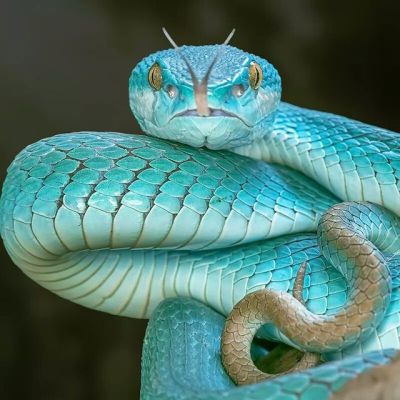
Habitats
Pit viper is a highly abundant snake in rain forests and they are predators waiting for warm-blooded prey to come along. They can see in deserts too. Crotalus cerastes, the sidewinder is a Crotaline species confined to deserts while bushmaster is mostly found in rain forests. Pit Vipers are arboreal or terrestrial. But there is a species which contains semiaquatic crotalines, Agkistrodon piscivorus the cottonmouth. Overall, Pit vipers have adapted to survive in a wide variety of habitats.
Reproduction
Almost all Pit vipers are ovoviviparous and a few are oviparous. In Ovoviviparous ones, mother bears the egg in which the embryo grows, within their bodies until its hatching period. Their eggshells have reduced as soft membranes within the reproductive tract. Then that young can be shed. Some Trimeresurus species, Lachesis and Calloselasma are Oviparous crotalines who are egg-laying ones. They keep guarding their eggs.
Their amounts of offspring range from two in small species to 86 in fer-de-lance, Bothrops atrox is an example for a more productive snake.
Young Pit vipers have bright colored tails that highlight over the rest of the body. They use their tails to engage in caudal luring. Which is an aggressive mimicry form or a feeding tactic use by pit vipers to attract their prey. Prey gets misinterpreted by the waving tail as a worm-like small animal. Therefore Pit Vipers can easily hunt their food.
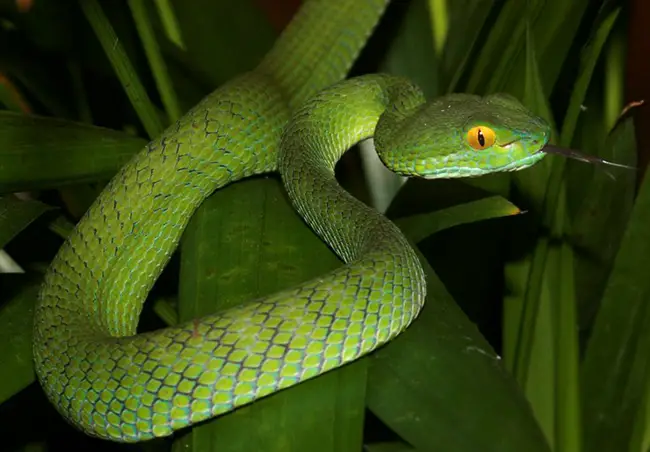
Geographic Range
Pit Vipers have been spread in various continents of the world from Eastern Europe through Asia to China, Indonesia, Japan, Nepal, India and Sri Lanka as well. They are also abundant in Central America and South America.
Some more facts about Pit Vipers.
- They have heavy bodies so move very slowly. The head is triangular and two venom glands are present behind the eyes.
- Pit vipers can hear only low-frequency sounds.
- It is difficult for them to detect airborne sounds but quite able to grab vibrations coming through the ground.
- They have poor eyesight so that they can’t focus distant objects. Therefore, the presence of heat sensory pits is very useful. So that they can create the images of warm creatures in front of them may be of their warm-blooded preys.
- Being good hunters, Pit vipers’ claims camouflaged tactics like laying coiled, stillness and caudal luring.
- They do not attack people and are not aggressive.
- But a bite of a Pit viper causes immediate pain, then swelling and discoloration occur in the surrounding tissue. Moreover, the bitten area tissue will die and it can enhance up to the loosing of the limbs. Blood pressure lower due to the fluids in the toxic area. Most damages occur within the 1st few hours of bitten but can last up to two days.
- So, anyone who has bitten by a Pit Viper should seek medical treatments as soon as possible. But most people will recover from a Pit Viper attack without medical attention and a permanent injury.

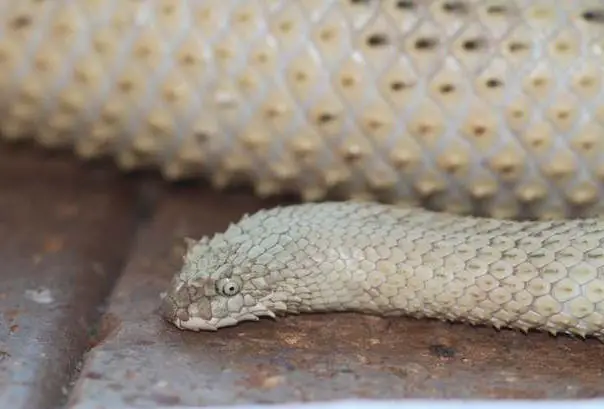
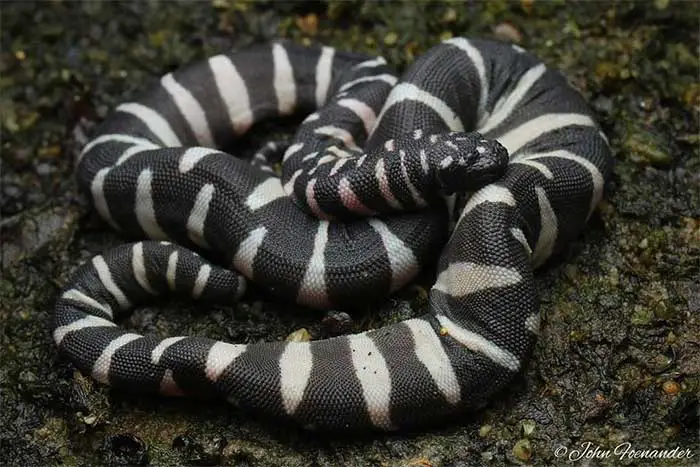
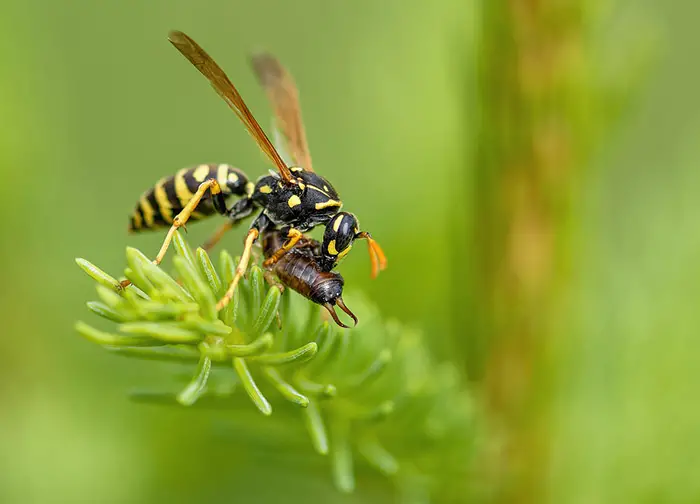



Pingback: Sea Snake with Horn- Hydrophis peronii facts - Environmental Earth